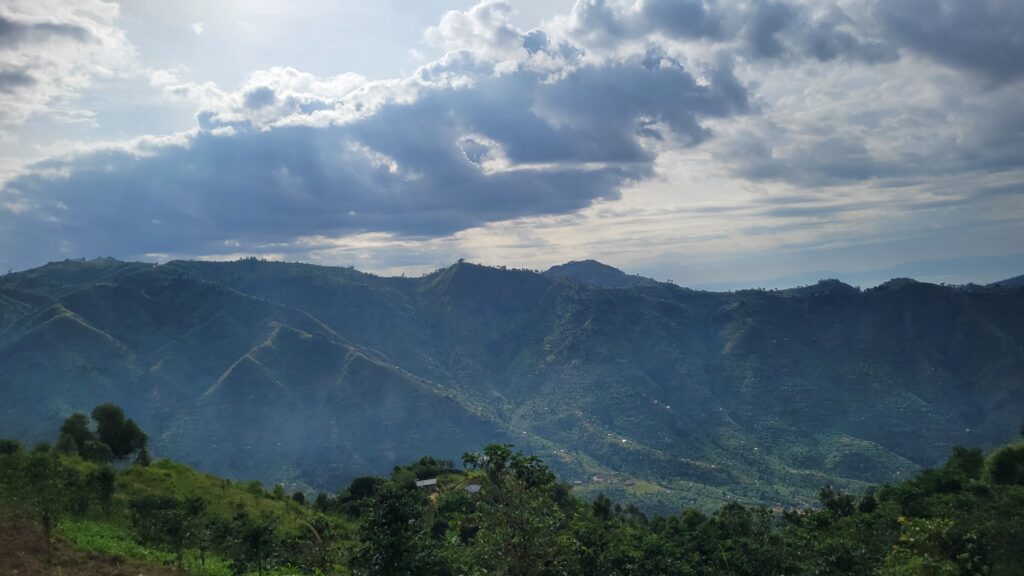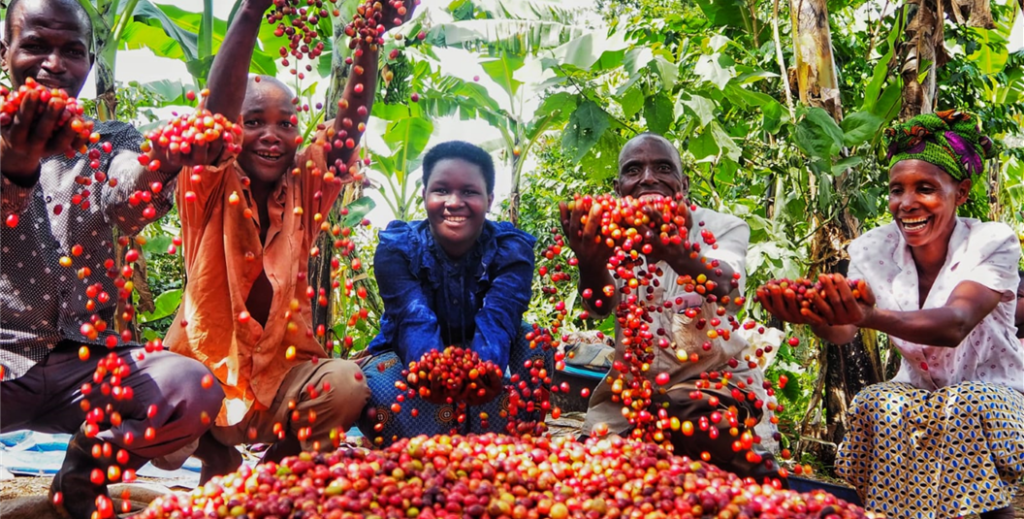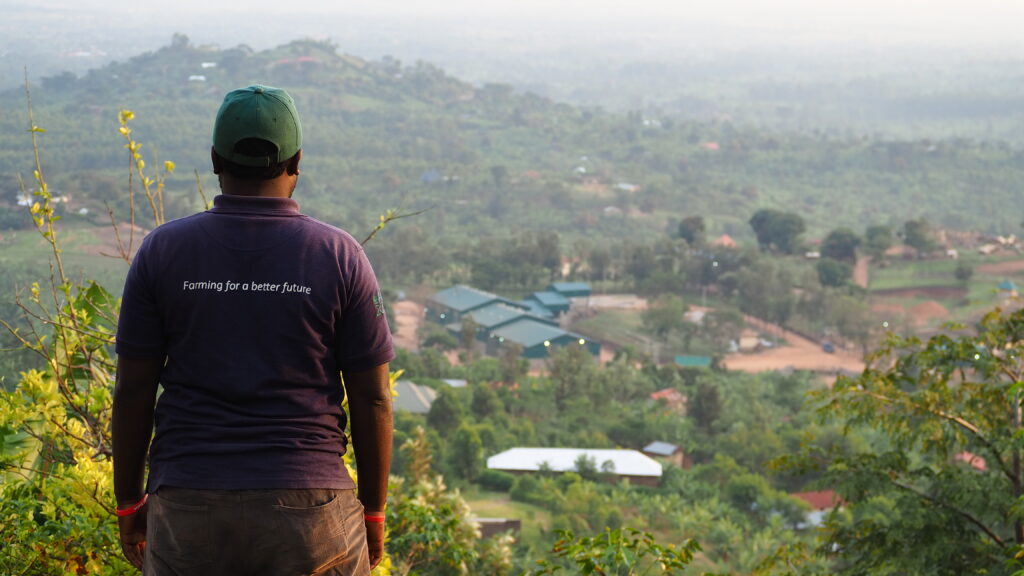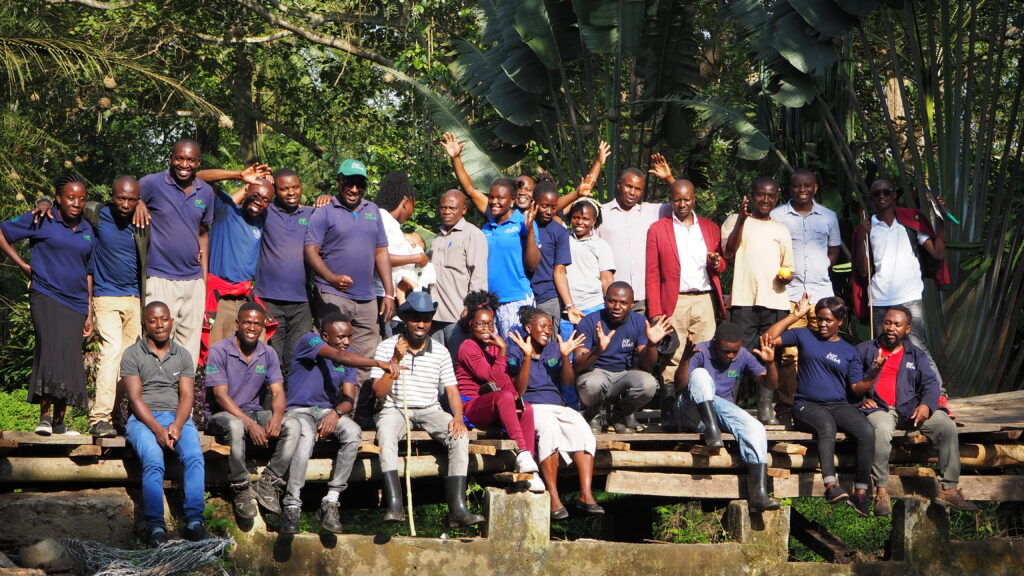Unveiling Ugandan Coffee
-
East Africa is known as the birthplace of coffee, specifically in the mountains of Ethiopia. Coffee then spread to neighboring countries after colonization, each country developing its own unique coffee profile, processing methods, and farming practices. One lesser-known producing country, perhaps more known for its Robusta production, is Uganda.
-

-
Lake Victoria dominates the southern landscape of Uganda, and Robusta once grew wild along the shores of the vast lake. The Baganda people thrived on this crop in the mid-1800s. Soon, however, this kingdom became a part of the British East Africa Company. Robusta maintained its prominence, commercially and within households. It was a sacred plant, used during ceremonies, and planted carefully in gardens. The British took hold of this profitable crop and the fertile soils. They combined communities, and educated the people that Robusta was unhealthy to eat and drink.
As coffee lost its power in these local communities, the British took the reigns and commercialized Robusta. By the early 1900s, Arabica arrived thanks to European and Asian settlers. Plantations were created as Robusta production soared. The British struggled to maintain their large plantations during the 1920s as World War I and the Spanish Flu spread. They soon abandoned the farms, leaving a space for smallholder producers to fill. The country gained independence in 1962 and gradually learned how to function independently.
-

-
The strong Ugandan communities powered on, becoming the major contributors of Arabica and Robusta production in the country. By the 21st century, nearly 20% of the population were growing coffee as a source of income. Surprisingly, most of this income was from Robusta production rather than Arabica. The Ugandan government began to support Arabica production in the early 1990s, with investments in Mt. Elgon and the Rwenzori mountains – regions ideal for the gentle conditions required for Arabica production.
Arabica was new to Ugandans, and this meant that there was not much knowledge on processing. Thus, the DRUGAR (Dry Ugandan Arabica) method became prominent, which involved drying small amounts of cherry on open surfaces. The WUGAR (the semi-washed version of DRUGAR) method was also utilized. However, with support from external organizations, importers, exporters, and increased demand for Ugandan Arabicas – wet mills have been constructed, and trainings offered to producers throughout the producing areas to improve cultivation and processing methods.
-

-
Today, roughly 5 million Ugandans are involved in coffee production. Coffee is the country’s leading export (~10%), with a value of $539 million in 2020. 85% of production comes solely from smallholder producers, each growing coffee on less than 2.5 hectares. Productivity is low but has immense potential. Producers face challenges of feeding their families whilst still making a livable income, hence why production is low in order to also grow food crops.
Washed Arabicas from the West are marketed as WUGAR whereas those coming from the East are labelled as Bugisu or Bugishu, known for its bright and juicy flavor profile. There is a high demand and high potential for Arabica, yet many producers lack the resources and knowledge to grow it more efficiently.
In 2013, the president of Uganda, Yoweri Kaguta Museveni, initiated the Operation Wealth Creation, with a heavy focus on coffee. The policy employed veterans as agricultural extension officers to aid coffee producers with resources to improve quality and production. These officers were also put in charge of nurseries and helped facilitate the delivery of seedlings to producers.
-

-
Mercanta have recently started working with Agri Evolve, an exporting organization, who started work in the Rwenzoris of Uganda back in 2015. With a homebase in the UK, the team regularly visits Uganda, whilst also working to bring more Ugandan coffee to the country. The team in Uganda has reached over 80 people, including agronomists, a quality control team, and accountants. Their work has truly changed the coffee buying practices within the country by employing locals as extension agents to buy fresh cherries from producers. These agents also provide agricultural assistance outside of harvest times. The organization is impeccable – the agents even record producers via app to maintain a database of each farm to track progress.
Agri Evolve now work with over 15,000 smallholder producers, helping them improve efficiency, quality, and overall income. The organization has also initiated the ACE 2030 program which started in 2020. Essentially, it is a set of goals to attain various environmental standards amongst producers over the course of ten years. Thus, creating a link between Agriculture, Community, and the Environment (ACE). This strategic plan has broad overall goals, with more specific goals each year. Progress is assessed annually, and there have already been significant changes.
-

-
More than 1,400 energy efficient stoves have been installed throughout the communities to save firewood, and more than 4,000 trees have been planted in nurseries to help reforest the barren lands. Some truly remarkable steps forward, paving the way for bright futures amongst these coffee producing communities.
Agri Evolve’s passion for these producers and their lives is evident in the cup quality and the various environmental and socioeconomic accomplishments in Uganda. We are eager to see what else they achieve in the future and are currently offering their lots in the UK.
-
